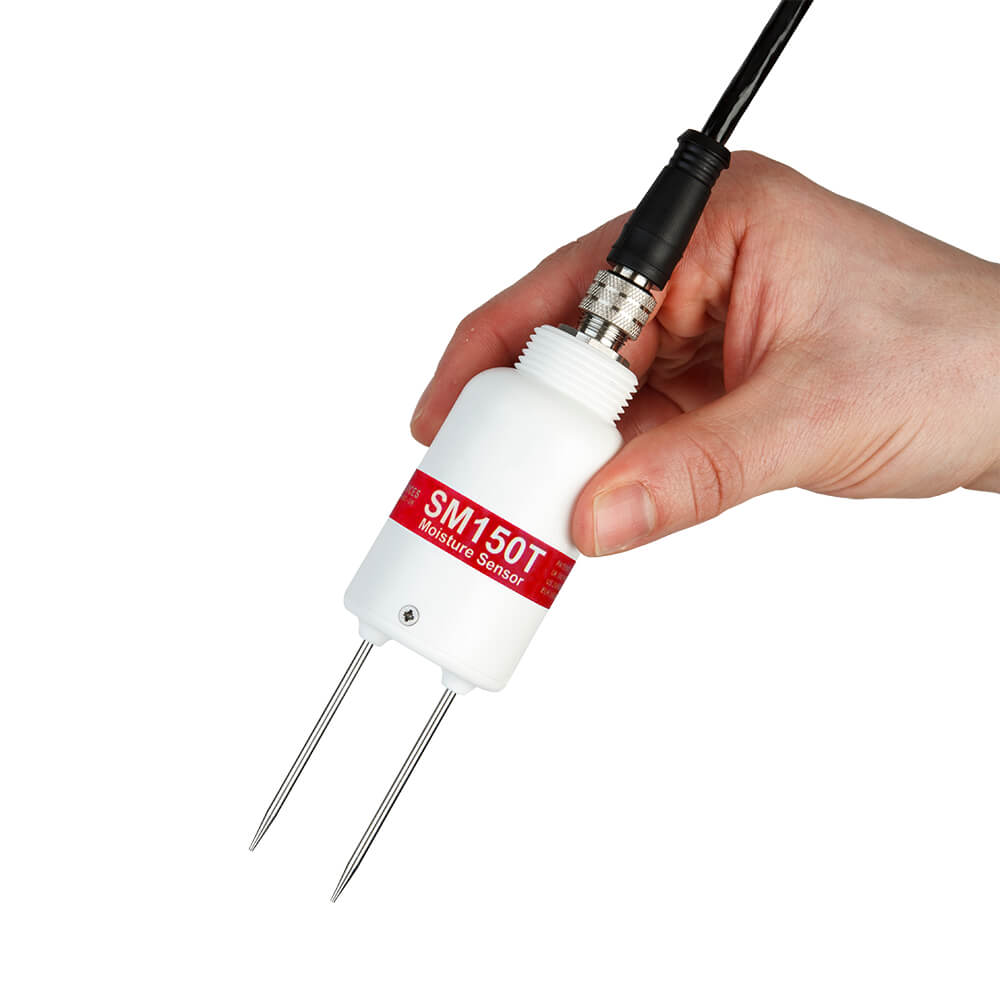The system uses a start topology in which a variable number of sensor field nodes each with a unique address can send data to a central receiver.
Wireless soil moisture sensor networks for precision irrigation scheduling.
The field consists of sensor nodes powered with application specific on board sensors.
Intelligently designed as a drop in replacement for dumb irrigation controllers eve consists of both a hub to.
This paper describes and compares the structure build and implementation of crossbow digimesh and.
1 depicts a typical wireless sensor network deployed on field for agricultural applications.
In this study an arduino based wireless sensor network system was developed and tested to monitor volumetric soil water content using decagon ec 5 sensors.
The results revealed that network lifetime increased to 1825 min.
Plaid systems spruce irrigation 16 zone wifi sprinkler controller gen 2 compatible with alexa wireless soil moisture sensors leak detection flow meter 4 2 out of 5 stars 47 174 99 174.
Developed a wsn soil moisture mapping and monitoring method to provide information for irrigation scheduling.
Eve the first creation of plaid systems may not be the genesis of the smart irrigation controller market but when paired with their adam soil moisture sensor has nicely filled a gap in the market where others have aimed their focus solely on providing connected controllers.
The vwc measurements provided by the soil moisture sensor after 12 24 hours of heavy irrigation or rain is the.
A site specific wireless sensor based irrigation control system is a potential solution to optimize yields and maximize water use efficiency for fields with variation in water availability due to.
In contrast wireless sensor networks enable near real time continuous measurement of soil moisture at targeted positions providing the site specific information required for precision irrigation scheduling and efficient freshwater management.
Wireless sensor nodes used in this study operate on license free radio frequency with mesh networking capability self organising and self healing.
Wireless soil moisture sensor networks wsns are then positioned into these zones to monitor wetting and drying events for precision irrigation scheduling.
The nodes in the on field sensor network communicate among themselves using radio frequency rf links of industrial scientific and medical ism radio bands such as 902 928 mhz and 2 4 2 5 ghz.









